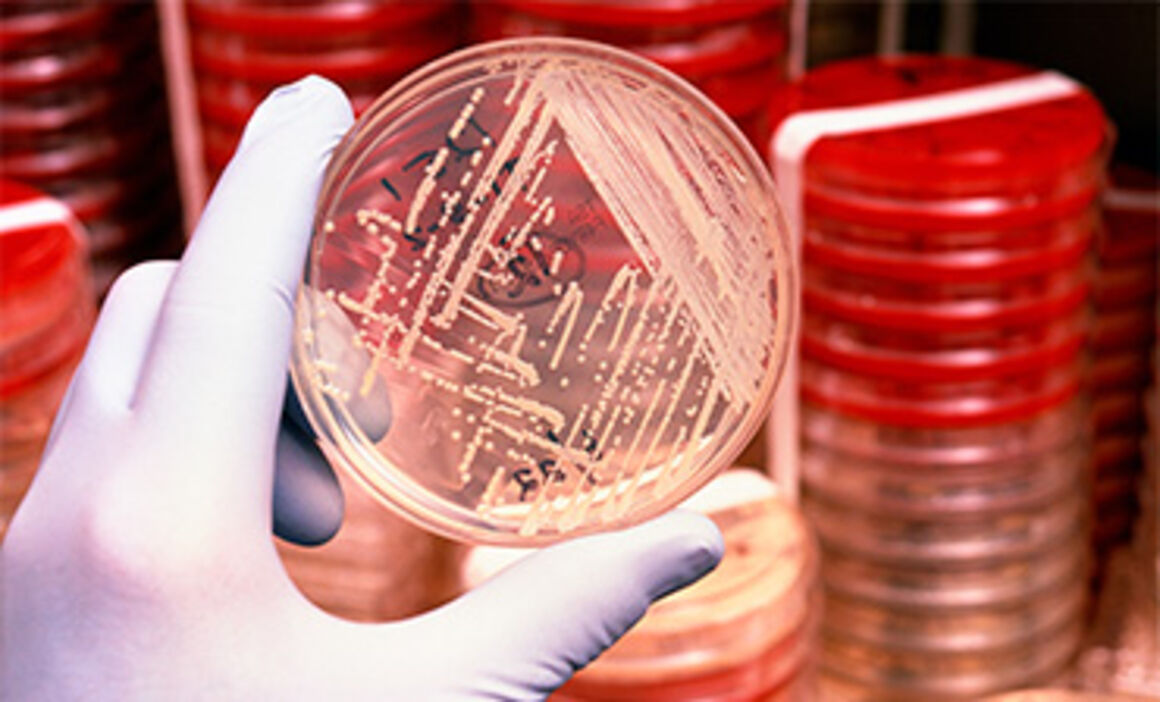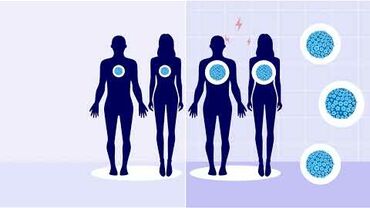Antimicrobial resistance (AMR)

Antibiotics, also known as antimicrobial drugs, are medicines that can kill or inhibit the growth of bacteria to cure infections in people, animals and sometimes plants. Bacteria have antibiotic resistance when specific antibiotics have lost their ability to kill or stop the growth of the bacteria. Some bacteria are naturally resistant to certain antibiotics (intrinsic or inherent resistance). A more worrying problem is when some bacteria, that are normally susceptible to antibiotics, become resistant as a result of genetic changes (acquired resistance). Resistant bacteria survive in the presence of the antibiotic and continue to multiply causing longer illness or even death. Infections caused by resistant bacteria may require more care as well as alternative and more expensive antibiotics, which may have more severe side effects. Read more in the factsheets about antimicrobial resistance
Latest outputs
Antimicrobial resistance in specific diseases
Antimicrobial resistance/ microbiology - Gonorrhoea
The surveillance of gonococcal antimicrobial susceptibility surveillance in Europe is essential for detecting emerging and increasing antimicrobial resistance and making quality-assured data available to inform revisions of treatment guidelines. ECDC coordinates the Euro-GASP network.
Antimicrobial resistance - Escherichia coli
Escherichia coli resistance to major antibiotics is increasing in almost all countries in Europe. E. coli causes urinary tract and more serious infections and is one of the most common bacteria causing infections.
Antimicrobial resistance - Tuberculosis
In EU, only 1 in every 3 MDR TB patients has a successful treatment outcome; more than half either die, fail treatment or default (stop taking treatment). XDR TB has even worse treatment outcomes: only 1 in 4 patients finishes treatment successfully.
Antimicrobial resistance - Campylobacteriosis
The annual ECDC-EFSA report looks at antimicrobial resistance in zoonotic and indicator bacteria from humans, animals and food
Antimicrobial resistance - Salmonellosis
Multi-drug resistant Salmonella bacteria continue to spread across Europe, show the latest data on resistance in bacteria in humans, food and animals issued by ECDC and EFSA. There’s evidence of resistance to the antimicrobial colistin in Salmonella among poultry in the EU - this last-resort drug may soon no longer be effective for treating severe human infections with Salmonella.



